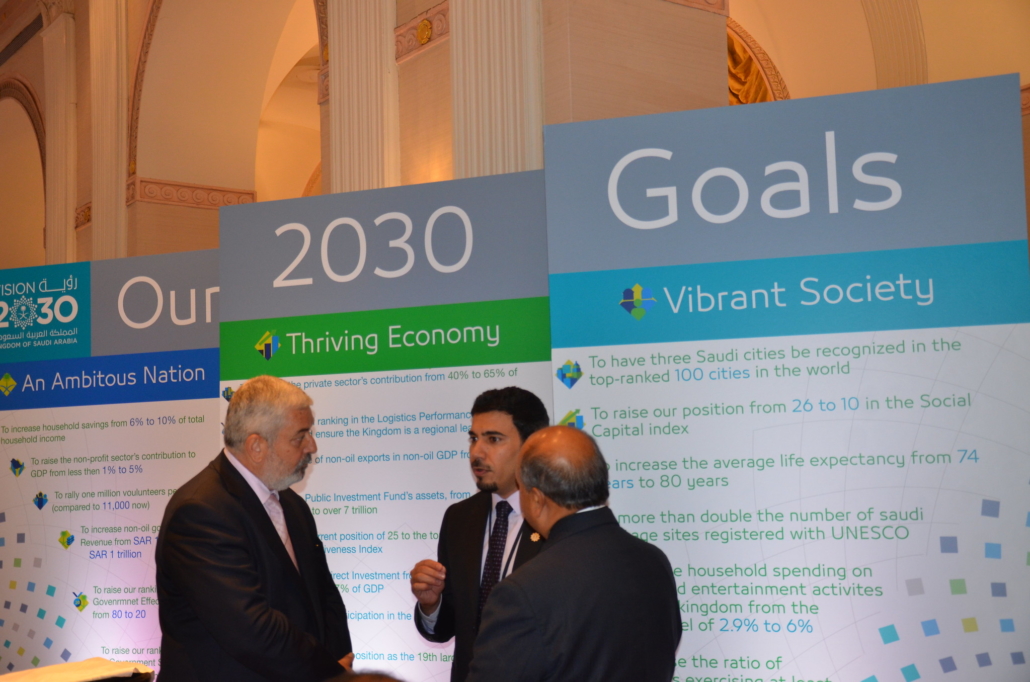Vision 2030: Poverty Eradication in Saudi Arabia

Vision 2030 is an ambitious Saudi government project to overhaul Saudi Arabia’s economy and society by the year 2030. Launched in 2016, its reforms include ambitious goals regarding poverty eradication in Saudi Arabia. Also and importantly, it hopes to transition Saudi Arabia from an oil-dependent economy to a diversified modern one. Together, the innovations in poverty eradication in Saudi Arabia and the transition to a more diversified economy should position Saudi Arabia as an economic leader in the Middle East. In fact, Vision 2030 has gained acclaim as a model for rapid modernization and innovative poverty eradication in middle-income and developing countries.
Renewable Energy Revolution
Futuristic Commercial Hubs Could Make Saudi Arabia a Global Business Center
As part of Vision 2030, Saudi Arabia announced its intention to build Neom, a futuristic city in the northwest region of the country on the Red Sea coast. This $500 billion project positions Neom as a center for trade, investment, tourism and technology. The Neom project embodies the overarching Vision 2030 goals because renewable energy sources will power Noem entirely. Further, the project underscores the diversification policies of Vision 2030 because Noem will heavily on foreign investment to drive tourism and the use of Neom as a cargo hub.
Since the Saudi government launched Vision 2030 in 2016 foreign direct investment (FDI) in the country has skyrocketed from $5.321 billion to $17.625 billion as of Fall 2021. This increase in investment and trade is an indicator of modernization measures and accomplishments of Vision 2030.
Investments in Smart Technology to Drive Entrepreneurship
Smart Technologies to Promote Health Care Access
Just as much of Vision 2030 focuses heavily on the growth of the technology sector, the Saudi government also is using smart technology to promote quality health care access through mobile apps. One app called Sehha offers remote medical and preventative care. Launched in 2017, Sehha provided 2.1 million consultations by 2020.
Mawid, another health app, allowed 14.3 million Saudis to book 67 million medical appointments from 2018-2020. The Tabaud app was also one of the first of its kind in the world to provide its 3 million users with Bluetooth notifications of contact with someone who tested positive for COVID-19. This enabled users to quarantine and the government to effectively contact trace to contain outbreaks. This smart technology is particularly important for rural communities living further away from hospital infrastructure. These new innovations that safeguard human health boost the goal of eradicating poverty through having a labor force healthy enough to contribute to a modernizing economy.
Vision 2030 presents innovation in poverty eradication in Saudi Arabia while also striking a balance between development and environmental concerns. All of this is also important for reducing poverty by diversifying the economy and maintaining human health. If Saudi Arabia continues its ambitious economic reforms, it can present an appealing model for other middle-income and developing countries to replicate. Finally, modernization and poverty eradication would foster a more prosperous and stable world.
Photo: Flickr
